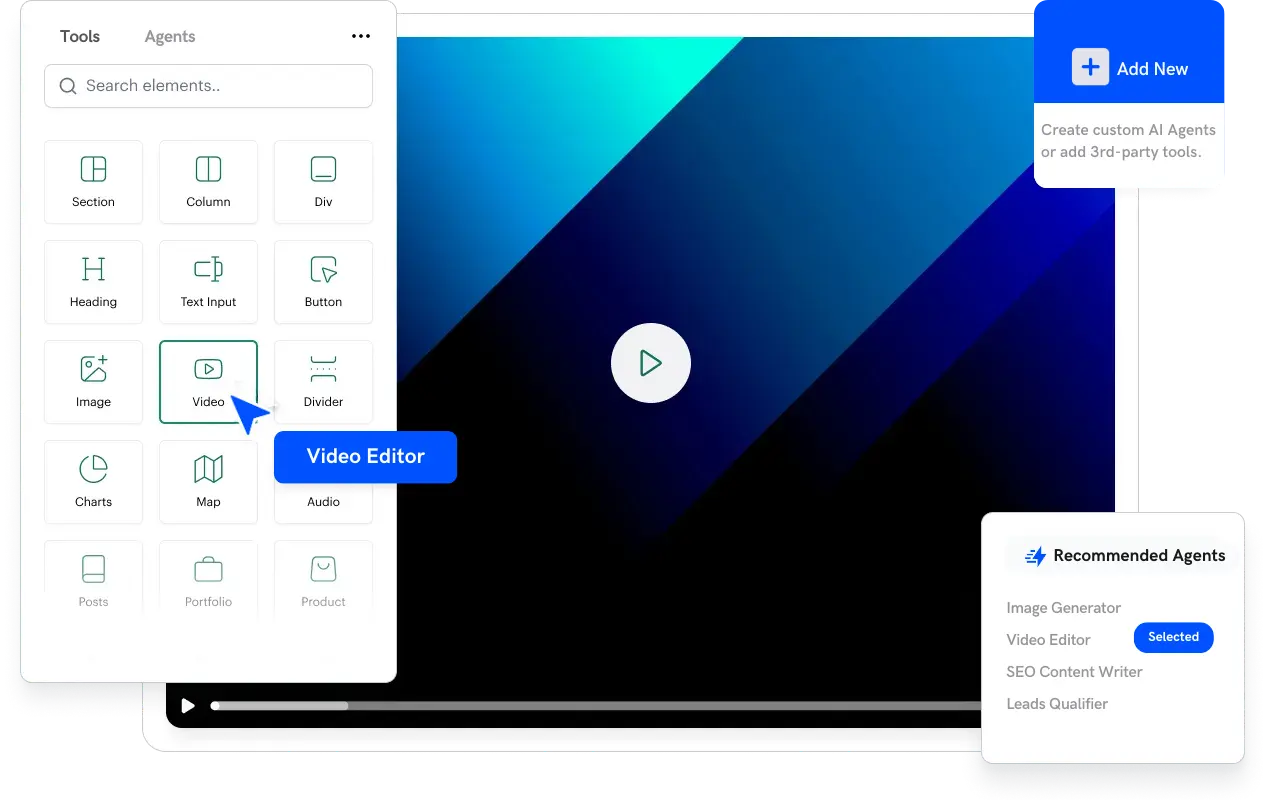Introduction
Repetitive tasks are a major drain on time and resources in any organization. From data entry and scheduling to email management and report generation, these tasks hinder creativity and strategic thinking. With the advent of AI, however, businesses can automate these tedious processes and redirect human effort toward more valuable pursuits. This article provides an in-depth guide on automating repetitive tasks with AI, highlighting practical strategies, industry best practices, and the transformative benefits of platforms like TurboMode AI.
The Burden of Repetitive Tasks
For many organizations, repetitive tasks consume a significant portion of daily work hours. Studies by the Harvard Business Review suggest that automating routine work can lead to a 20–30% increase in overall productivity. Common repetitive tasks include:
- Data entry and processing
- Email filtering and scheduling
- Report generation
- Document classification and archiving
How AI Automates Repetitive Work
AI excels in executing predefined tasks quickly and accurately. Using technologies such as robotic process automation (RPA) and machine learning, AI systems can:
- Recognize Patterns:
Identify repetitive patterns within a workflow and apply standardized processes. - Learn and Adapt:
Continuously improve performance through machine learning, reducing error rates over time. - Scale Operations:
Operate around the clock without fatigue, ensuring consistent performance.
Strategies for Automating Repetitive Tasks
- Identify and Prioritize Tasks:
Start by mapping out your processes to determine which tasks are most time-consuming and error-prone. Use process mapping tools to visually represent workflows and pinpoint inefficiencies. - Select the Right AI Tools:
Evaluate tools that specialize in task automation. Look for features such as integration capabilities, ease of use, and scalability. Examples include RPA software and AI-based scheduling applications. - Implement Incrementally:
Begin with pilot projects in one department to measure the impact before scaling to the entire organization. This step-by-step approach minimizes disruption and allows for adjustments based on feedback. - Integrate with Existing Workflows:
Ensure the chosen AI solutions integrate seamlessly with your current systems (e.g., CRM, ERP, email platforms). This avoids the pitfalls of isolated systems and ensures smooth data flow. - Train and Support Employees:
Provide comprehensive training so that employees understand the benefits and operation of new AI tools. Emphasize that automation is designed to augment their work, not replace them.
TurboMode AI Spotlight
TurboMode AI enhances these automation efforts by capturing actionable items from conversations and converting them into executable tasks. This integration ensures that even during meetings, important action items are never missed, boosting productivity further.
“We’re shifting the game from managing work to getting work done.”
Experience the power of TurboMode AI—book a demo today.
Best Practices for Successful Automation
- Start with High-Impact Areas:
Focus on tasks that consume significant time and are error-prone. - Set Clear Objectives:
Define what success looks like for each automation project, such as reducing processing time or cutting error rates. - Monitor Performance:
Use AI dashboards to track the performance of automated tasks. Adjust parameters to optimize efficiency continuously. - Foster a Culture of Innovation:
Encourage a mindset that embraces change and leverages technology to drive continuous improvement.
Case Studies and Success Stories
One retail company automated its inventory management using RPA, leading to a 25% reduction in stock discrepancies and a 20% decrease in labor costs. A financial firm that introduced AI for processing customer inquiries saw response times cut in half and increased customer satisfaction ratings by over 30%. Such examples demonstrate the transformative impact of automating repetitive tasks.
Challenges and Solutions
Despite its many benefits, the adoption of AI for automation can encounter challenges:
- Resistance to Change:
Employees may fear job displacement. Address this by emphasizing the role of AI as a support tool and providing reskilling opportunities. - Data Integration Issues:
Integrating new tools with legacy systems can be complex. Invest in robust middleware solutions to ensure compatibility. - Maintaining Data Quality:
Automation is only as effective as the data it processes. Regularly audit data quality and update AI models accordingly.
Future Outlook
As technology advances, the scope of automation will continue to expand:
- Hyper-Automation:
The future will likely see the integration of multiple AI technologies, from NLP to ML, to automate end-to-end processes. - Increased Personalization:
AI systems will become more adept at tailoring automated processes to individual roles and business needs. - Greater Collaboration between Humans and Machines:
Automation will free up human workers to focus on creative problem solving and strategic planning, leading to more dynamic work environments.
Conclusion
Automating repetitive tasks with AI offers a compelling pathway to enhanced productivity, lower costs, and improved employee satisfaction. By identifying high-impact tasks, selecting the right tools, and integrating solutions like TurboMode AI into your workflow, you can transform mundane processes into efficient, error-free operations. Embrace these strategies to not only save time but also enable your team to focus on higher-value tasks, driving growth and innovation in your organization. Book a demo today to see how TurboMode AI can help you achieve these benefits.






